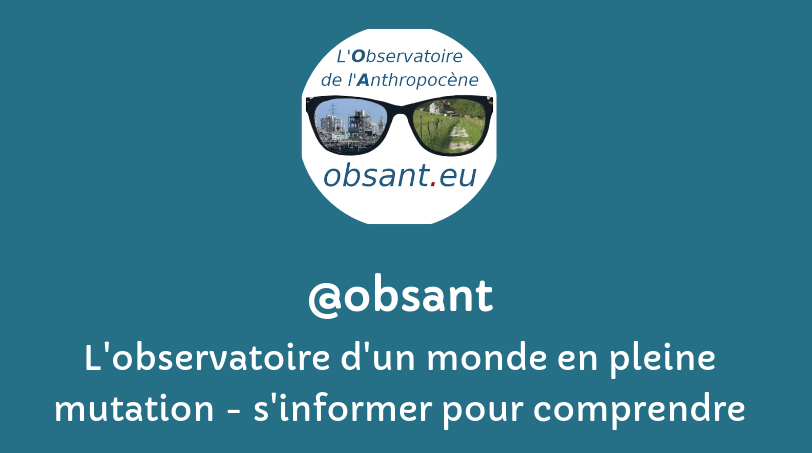Les champs auteur(e)s & mots-clés sont cliquables. Pour revenir à la page, utilisez le bouton refresh ci-dessous.
filtre:
Norway
The ocean ecosystem is a vital component of the global carbon cycle, storing enough carbon to keep atmospheric CO2 considerably lower than it would otherwise be. However, this conception is based on simple models, neglecting the coupled land-ocean feedback. Using an interactive Earth system model, we show that the role ocean biology plays in controlling atmospheric CO2 is more complex than previously thought. Atmospheric CO2 in a new equilibrium state after the biological pump is shut down increases by more than 50% (163 ppm), lower than expected as approximately half the carbon lost from the ocean is adsorbed by the land. The abiotic ocean is less capable of taking up anthropogenic carbon due to the warmer climate, an absent biological surface pCO2 deficit and a higher Revelle factor. Prioritizing research on and preserving marine ecosystem functioning would be crucial to mitigate climate change and the risks associated with it.
Previous health impact assessments of temperature-related mortality in Europe indicated that the mortality burden attributable to cold is much larger than for heat. Questions remain as to whether climate change can result in a net decrease in temperature-related mortality. In this study, we estimated how climate change could affect future heat-related and cold-related mortality in 854 European urban areas, under several climate, demographic and adaptation scenarios. We showed that, with no adaptation to heat, the increase in heat-related deaths consistently exceeds any decrease in cold-related deaths across all considered scenarios in Europe. Under the lowest mitigation and adaptation scenario (SSP3-7.0), we estimate a net death burden due to climate change increasing by 49.9% and cumulating 2,345,410 (95% confidence interval = 327,603 to 4,775,853) climate change-related deaths between 2015 and 2099. This net effect would remain positive even under high adaptation scenarios, whereby a risk attenuation of 50%
Knowing how to appeal to apocalyptic fear, political fear, and private fear will help a leader name reality in a credible manner and assess which fear to prioritize at a given time.
Permafrost and glaciers in the high Arctic form an impermeable ‘cryospheric cap’ that traps a large reservoir of subsurface methane, preventing it from reaching the atmosphere. Cryospheric vulnerability to climate warming is making releases of this methane possible. On Svalbard, where air temperatures are rising more than two times faster than the average for the Arctic, glaciers are retreating and leaving behind exposed forefields that enable rapid methane escape. Here we document how methane-rich groundwater springs have formed in recently revealed forefields of 78 land-terminating glaciers across central Svalbard, bringing deep-seated methane gas to the surface. Waters collected from these springs during February–May of 2021 and 2022 are supersaturated with methane up to 600,000 times greater than atmospheric equilibration. Spatial sampling reveals a geological dependency on the extent of methane supersaturation, with isotopic evidence of a thermogenic source. We estimate annual methane emissions from prog
EN
‘Battle for the nation’s soul’: Norway faces debate about gas and oil wealth | Norway | The Guardian
(01/01) - Philip OltermannRussia’s war in Ukraine has earned Norway billions – and caused controversy. Thanks to oil and gas reserves in the waters off its coast, Norway is not only extremely rich but getting richer still. Already the World Bank’s seventh wealthiest country by GDP per capita at the start of this year, the resource-rich Scandinavian country’s profits have ballooned to record levels over the last 12 months, as prices on the energy markets tripled due to Russia’s invasion of Ukraine and Norway replaced bellicose Moscow as Europe’s largest supplier of gas.
The only indigenous people left in Europe are struggling to keep their way of life as the Arctic warms up
![]()



